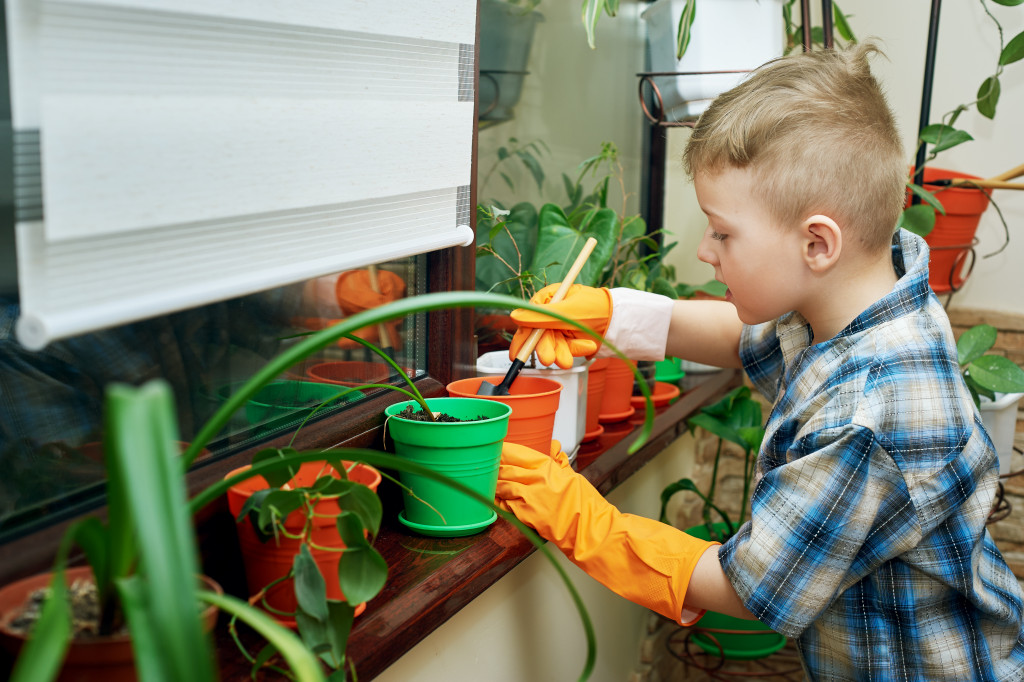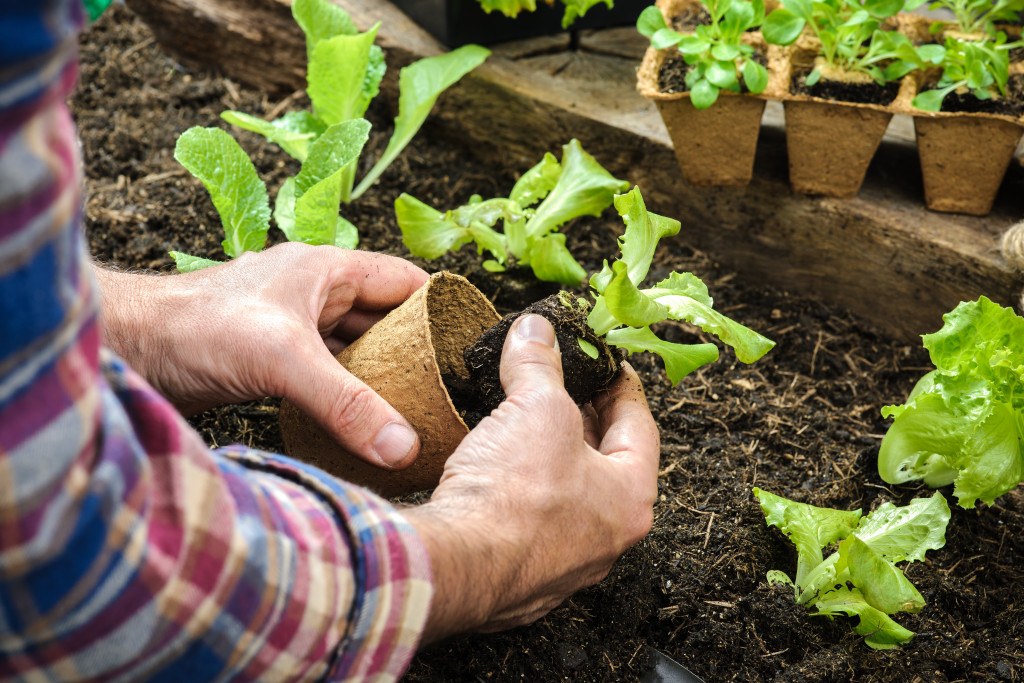When it comes to sustainable living, one of the most important aspects is our relationship with food. By growing our food, we can reduce our reliance on industrial agriculture, which harms both the environment and our health. Sustainable farming practices can be implemented in your backyard, and it’s not as difficult as you might think.
Anyone can farm sustainably, no matter where they live. Even if you don’t have a lot of space or live in an urban area, there are still plenty of ways to get started with sustainable farming. This article will provide some tips and guidelines to help you get started.
Start small
When it comes to farming at home, the best approach is to start small and gradually expand your operation as you become more comfortable with the process. One way to get started is to choose a handful of crops you would like to grow and focus on perfecting your methods for those plants. As you gain experience, you can add new crops to your repertoire.
Another important consideration is space. If you have a small yard, you may want to start by growing crops in containers or raised beds. Once you have a few seasons under your belt, you can begin to think about designing a dedicated garden room. This may involve clearing a section of your yard or converting an existing shed or garage into a farmhouse.
Choose the right crops.
One of the most important decisions you’ll make when setting up a farm is choosing what crops to grow. Not all crops are suitable for all climates, so it’s important to choose crops that will do well in your conditions. For example, if you live in a hot, dry climate, you’ll want to choose heat-tolerant crops like tomatoes, peppers, and melons. If you live in a cold climate, on the other hand, you’ll want to choose cold-tolerant crops like potatoes, carrots, and cabbage.
No matter what climate you live in, though, there are always a few basic tips you can follow to ensure success: start with healthy plants or seeds, water regularly, and fertilize regularly.

Use organic methods
Farming at home can be a great way to produce fresh, organic food for your family. However, it is important to use sustainable methods to protect the environment. One way to do this is to avoid using synthetic fertilizers and pesticides. Instead, rely on natural methods such as composting to enrich the soil. You should also make an effort to reduce water waste by using drought-tolerant plants or installing a rainwater harvesting system.
In addition, try to choose locally-produced seeds and start to minimize the impact of transportation on the environment.
Harvest your crops at the right time
Farming at home can be a great way to get fresh, healthy food while getting some exercise and enjoying the outdoors. However, it is important to keep a few things in mind to succeed. First of all, farming takes patience. Seeds need time to germinate and grow, so don’t expect to see results overnight. Be patient, and your efforts will eventually pay off.
Secondly, it is important to harvest your crops at the right time. They may not be ripe enough to eat if you pick them up too early. However, if you wait too long, they may rot or be eaten by pests. Timing is everything when it comes to harvesting your crops, so pay close attention to the ripeness of your fruits and vegetables.
Get involved in a community garden.
A community garden is a great way to get involved in local food production and meet other people interested in gardening. Community gardens typically provide a shared space for growing fruits, vegetables, and herbs. Some even have chickens or beehives! In addition to the obvious benefit of fresh produce, community gardens can also help to build a sense of community and improve mental health. If you’re interested in getting involved, here are a few tips:
- Research local community gardens in your area. This can be done online or by asking around. Once you’ve found a few options, take some time to visit them and see which one feels like the best fit.
- Get in touch with the garden coordinator (or whoever is in charge). They will be able to tell you what the garden’s policies are and how to get involved.
- Have fun! Community gardening is a great way to connect with nature and your neighbors. Enjoy the process, and the rewards will come naturally.
Final thoughts
Overall, farming at home can be a great way to provide fresh, healthy food for your family while also helping the environment. Using sustainable methods, such as organic fertilizer and locally-sourced seeds, is important. In addition, be sure to harvest your crops at the right time. And finally, don’t forget to have fun!

